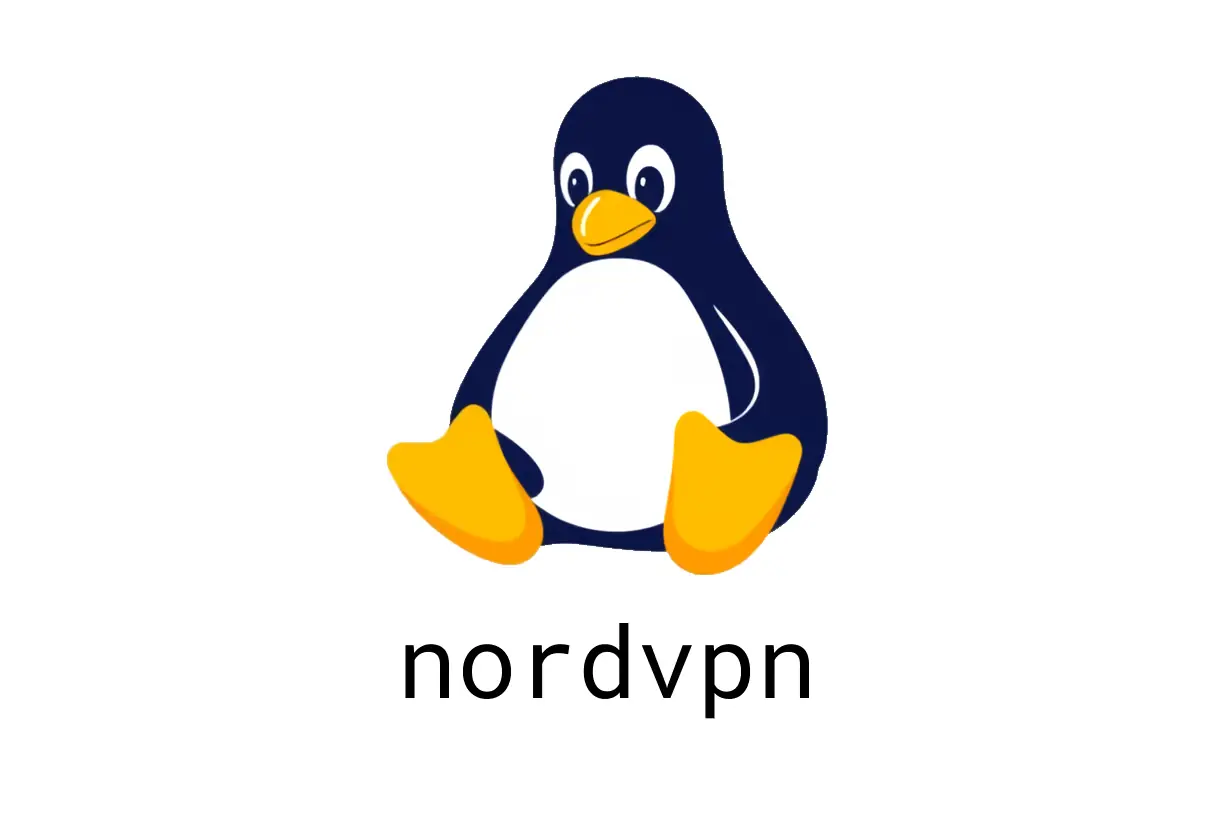
nordvpn CLI: Quick Start
Quick start
The NordVPN CLI is a lightweight way to manage VPN connections from the terminal. If you’re new, start by authenticating and then try a simple connect.
nordvpn loginIf you already have a session, you can skip login and go straight to status.
nordvpn statusConnect to a server
The simplest way is to connect to the nearest NordVPN server. This uses automatic server selection.
nordvpn connectIf you want to specify a country, you can pass the country code or name. For example, to connect to Germany:
nordvpn connect GermanyTo connect to a specific city within a country, provide both country and city:
nordvpn connect Germany BerlinList options
See what countries are available before connecting.
nordvpn countriesAutoconnect
If you want NordVPN to connect automatically on startup or when the interface comes up, enable autoconnect.
nordvpn set autoconnect onCommon pitfalls
- You must be logged in to connect to VPN servers. If you see authentication errors, run nordvpn login again.
- Country or city names are not case-sensitive, but spelling must match the available options shown by nordvpn countries.
- When using connect with both country and city, ensure both exist in the list; otherwise the command will fail.
- If a command seems stuck or unresponsive, try running with —help to show available options, or check your network reachability.
Quick reference cheatsheet
- Interactive login:
nordvpn login - Show status:
nordvpn status - Connect to nearest server:
nordvpn connect - Connect to a country:
nordvpn connect Germany - Connect to a city:
nordvpn connect Germany Berlin - Turn on autoconnect:
nordvpn set autoconnect on
What to do next
Explore more flags and options with:
nordvpn --helpOr consult the official Linux download page for additional setup steps and platform notes: https://nordvpn.com/download/linux/
See Also
- How to Use the df Command for Disk Space Management
- What Is named and How Do You Use It for DNS Management?
- How to Use the file Command in Linux
- ip6tables-restore: Restore IPv6 firewall rules
- How to Use the last Command for User Login Monitoring in Linux?
- How to Manage LXC Containers with the pct Command in Proxmox